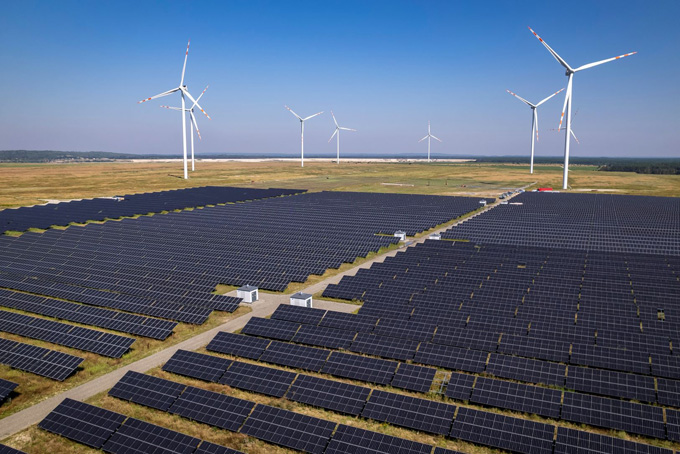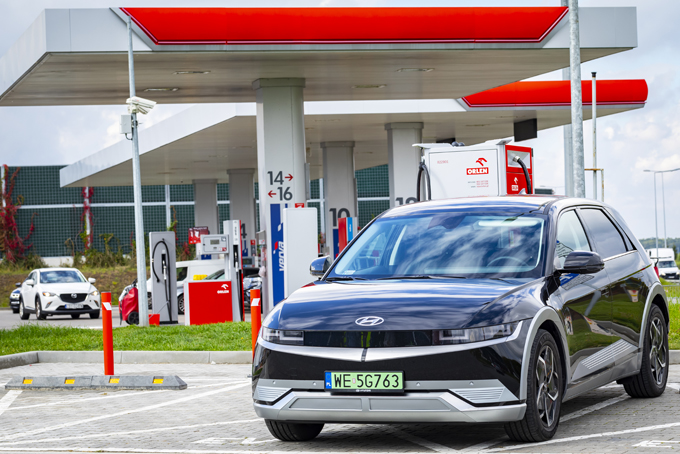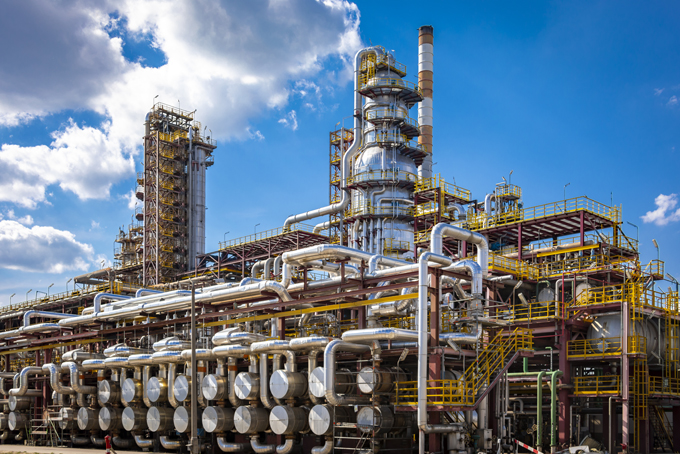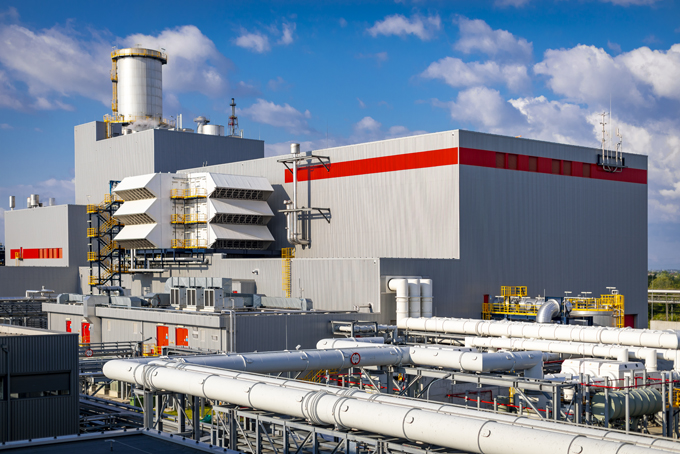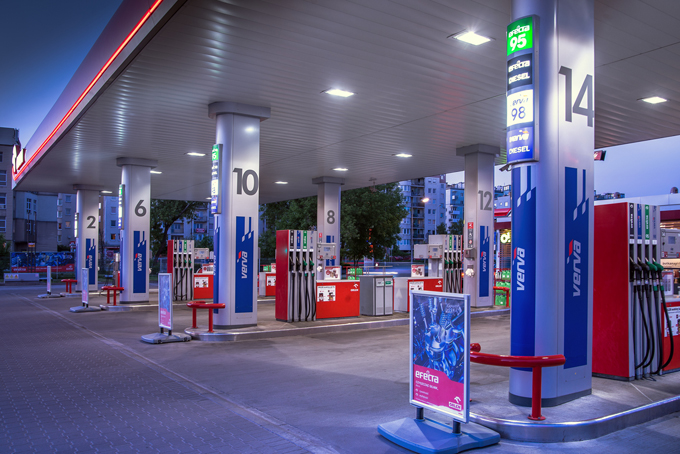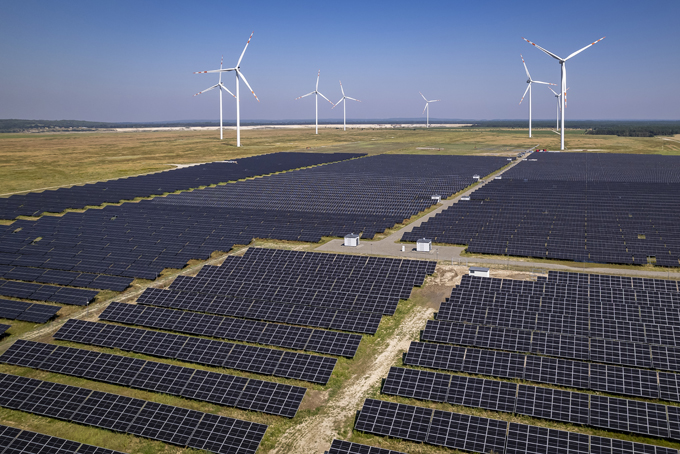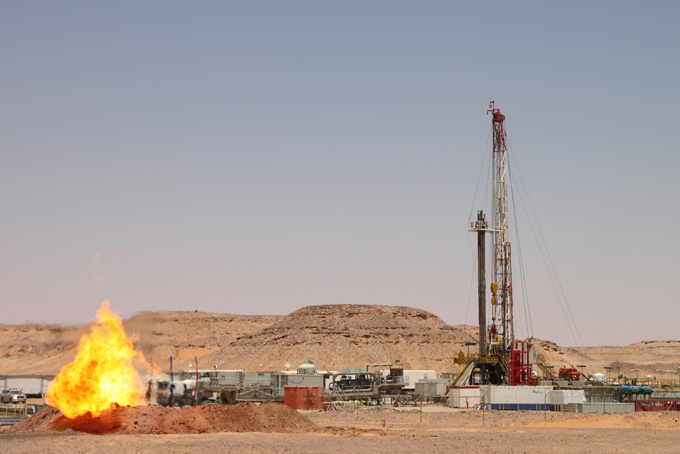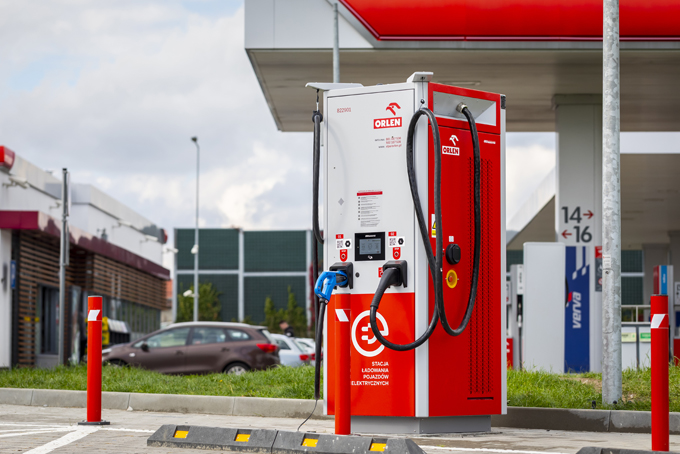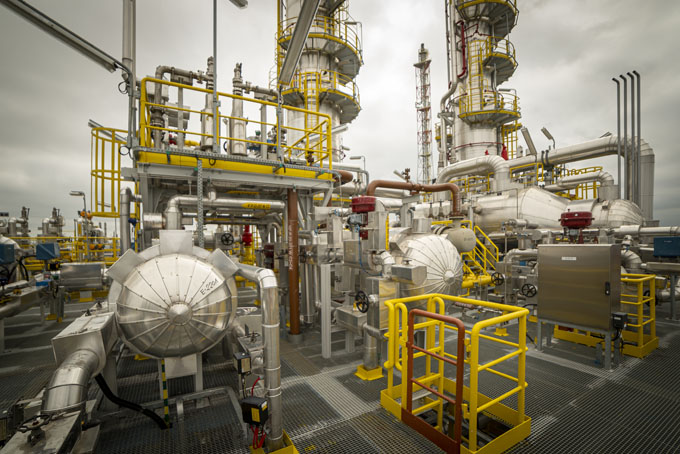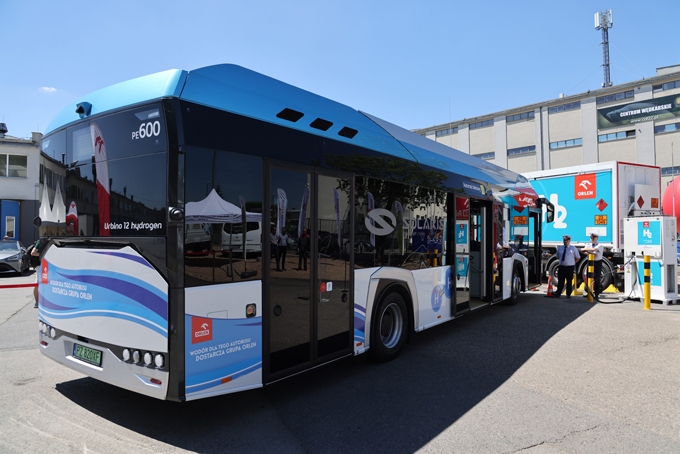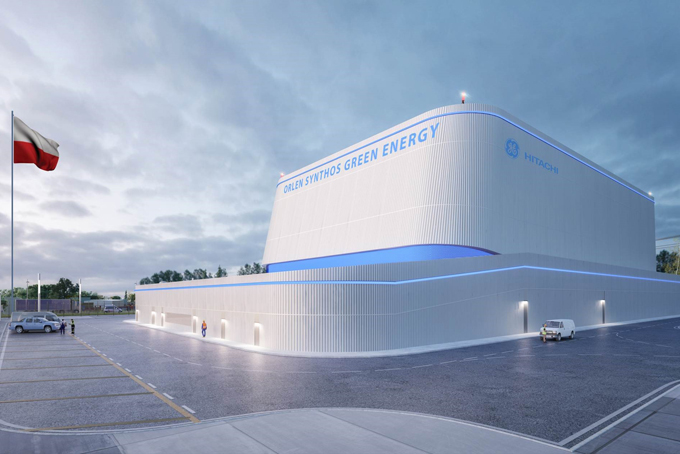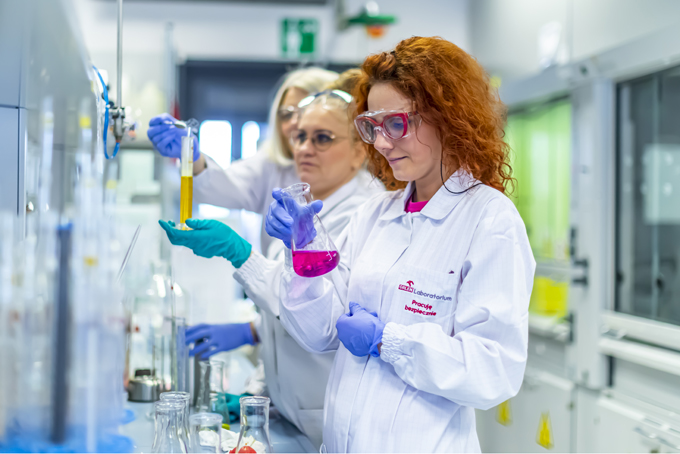The last two years have been marked by significant changes and challenges – both for the ORLEN Group and the fuel and energy market.
After four years of hard work, we finally completed the mergers with Energa, Grupa Lotos, and PGNiG. These integrations create new opportunities for development. The most significant of them is the opportunity to support the energy transition by coordinating a broad range of assets and leveraging the investment power to undertake large-scale projects. Additionally, the integration of the entire oil and gas value chain in Poland will increase efficiency and streamline operations. Poland's failure to create a large player with international impact placed it behind other countries, which had done so 10 to 15 years earlier. We recognised the need to catch up with others, to prepare for challenges of the energy transition. This can be achieved more effectively by a large player that integrates energy from multiple sources.
Energy transition is accelerating due to the intersection of technological advancements, changing societal attitudes, and new regulatory frameworks such as Fit for 55, REPowerEU, and RED3. In addition, some processes, such as the electrification of industry, are being further accelerated by the ongoing commodity crisis. At the same time, significant changes have been observed in the energy and fuel markets. On one hand, long-term trends are solidifying, as the inevitability of the energy transition is no longer a matter of debate. The question now is when, rather than if, it will happen. New incentives for the energy transition are also emerging, driven by regulatory frameworks such as Fit for 55, REPowerEU: affordable, secure and sustainable energy for Europe, and RED III, as well as the EU's expanded taxonomy. In addition, rising emission allowance (EUA) prices and the availability of new funding sources, such as European funds and ESG, are contributing to the transition.
On the other hand, geopolitical changes and economic cycles also rapidly impact our markets, with the war in Ukraine, restrictions on energy and commodity flows, and disruptions in fuel markets (e.g., crude oil and gas), along with fluctuating energy and commodity prices, among the most obvious examples.
At the same time, there is a growing interest in exploring new business opportunities for oil companies, such as petrochemicals (including advanced recycling), low-emission fuels (such as bio and synthetic fuels), e-mobility (including charging infrastructure), and low-emission hydrogen for use in transport, industry, and energy (both green blue hydrogen).
Despite the current turmoil, the goal and rationale remain the same: to achieve the objectives of energy transition and ensure energy security for our part of Europe. As the ORLEN Group, we have committed to achieving climate neutrality by 2050 in our new strategy. Given the size and scope of our operations, achieving this objective will have a significant impact on the economy of our region.
Decarbonisation remains our primary objective, although at first glance, it may seem that our focus should be on overcoming the current turbulence in the oil and gas markets. Therefore, the new strategy is much more ambitious than before in terms developing renewable energy sources. Our objective is to strengthen the new Green Division of the Group.

